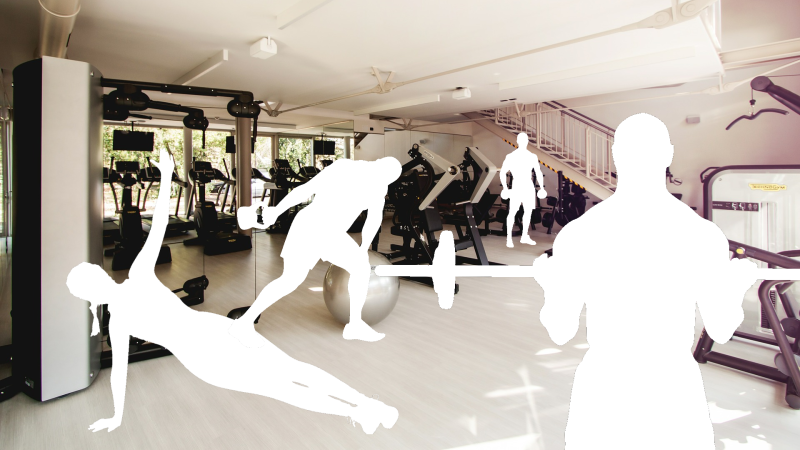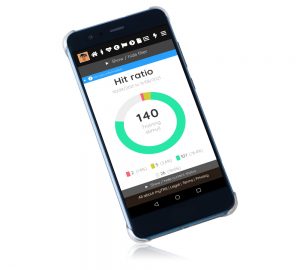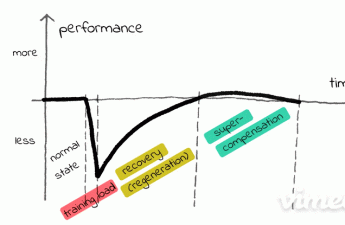Available Technical Options
Weight training, strength training, bodybuilding, powerlifting, Olympic lifting, general conditioning and sports training have been around for years. Whether old school bodybuilding or new fitness trends: It gets to be a little confusing of what to do, with the evolution of new equipment to use, development of train techniques, nutrition and new findings in recovery/regeneration of muscle tissue.
Equipment
You hear free-weights are the best. Then you hear machines work better. The fact is: They both work. Although several equipment companies stick to the “old school” designs, many companies have fancified much of what it makes. As with every industry, exercise equipment manufacturers strive to make their equipment more functional, better looking, space-efficient, and as inexpensive as possible. In addition, comes the introduction of various types of training aids, like bands, chains, and so on.
New handles and bars are always surfacing. Some are intended to make an exercise more productive and more comfortable, while others are found to benefit training with an injury – to reduce the emphasis of stress on an injured muscle or tendon, for instance.
Weight plates have also changed and in many cases for the better. Those hard-to-handle 45 lb (and 100 lb) plates now come with grip cut-outs to make it easier to place on a bar. Dumbbells have more contoured handles. Bars have been made stronger and more recently, some have incorporated a “spring” property to them. Many benches now offer more comfortable cushions along with a variety of adjustable seats and backpads.
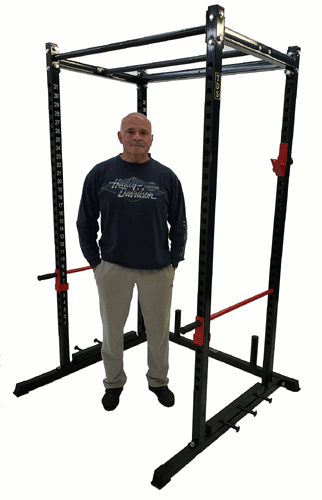
The power racks that were (and still sometimes are) effectively used for squatting, partial deadlifts and bench pressing and now used to anchor bands, facilitate chin-ups, and serve as a convenient leaning post for rest between sets. Numerous attachments can help facilitate additional exercises in a restricted space.
The old, sturdy equipment has been replaced with “cool-looking” equipment that is usually made of higher gauge steel, meaning that it is not as strong nor as heavy as the former equipment. As a result of scientific research & development, some new equipment is more functional than the old-style training tools.
Some newer equipment has added various types of cam-style rotation points (Arthur Jones and Nautilus first made these to resemble nautilus shells) which makes the resistance variable. This is an attempt to resemble the strength curves of muscle groups used in a particular joint range-of-motion. Many companies incorporate similar cams while others use pulleys to place a constant resistance throughout a range-of-movement of an exercise. Needless to say, gravity still provides for resistance with the use of free-weights.
Regardless, most new equipment will provide a satisfactory platform for getting good, effective workouts. However, it is wise to differentiate between some of the lower-quality home-use units versus the higher-quality commercial equipment. Costs of each have noticeably increased in the last couple of years.
Apps and Trackers
New digital applications have evolved, that you can use on your phone or computer to help record workouts, track steps per day, and monitor other biometrics like workout recovery, rest and nutritional support. I have seen it probably a million times: Individuals overtrain and wonder why they can’t improve or why they get injured. To a lesser extent, I have seen individuals who undertrain and wonder why they aren’t getting bigger and stronger. myTRS has been the first application I have seen, that helps you better understand when you can train at your optimum capacities. The problem rests in that there is a fine line between overtraining and optimal training. So, you better know what you are doing.
Timeless Training Techniques and Current Options
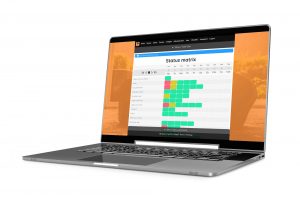
Regardless of old-style or new-style equipment, you can get the work done! Heck, you can lift bricks and get results…if done correctly. This simply becomes a matter of preference. NOTE: The key to results, is and always has been: REGULARITY. Along with regularity comes the need for adequate training intensity to help ensure that you’ve stimulated muscle growth, then rest and proper nutrition allow your muscles to sufficiently repair, regenerate and grow.
Training intensity is important, but not everyone can train at a high intensity in every workout. This is when you have to ask yourself: “When can I train any given muscle again?” You need to know how fast they recover in order to allow for full regeneration of muscle stores and tissue. Train to exhaustion all the time? Train with heavy weights every workout? Train your chest three times a week? This all can be somewhat confusing. Take the guess-work out of it. Use myTRS.
Said many times: “Variety is the spice of life”. This holds true for training too. There is no ideal, one-type training that is the best, you need to change your workouts around: different equipment and/or different training practices. One thing to keep in mind however: The initial 4-6 training sessions of a training routine will see significant increases in strength and endurance as a result of neuromuscular improvement (i.e. coordination). It takes more workouts to actually experience physiological changes. Different training techniques – resulting in different training intensity – as well as different muscle groups require different rest for recovery times.
Benefit From New Opportunities
Science has lent a big hand in understanding how muscles get bigger and stronger. Technology has come to help with applications like myTRS to establish a great foundation of knowing how often and even how much you can train any muscle or muscle group. Many people neglect this aspect of training, often times falsely thinking the more you do – the better. By understanding your need for recovery/regeneration, you can better determine your specific rest required for techniques like super-sets, drop-sets, pre-exhaustion workouts, circuit training, interval training, high-volume routines and so on. A future blog post will address more specific training practices.
It Comes Down To …
It doesn’t matter whether you train with old, proven methods or with new, innovative approaches in the course of your build-up training: It’s always about the targeted and progressive loading of individual muscle groups. And not just a few times, but over a long period of time – ideally as a lifelong activity.
Choose what works best for you but remember, whatever your choices, other factors for developing muscular strength, size and power must compliment your training. That is, know how much rest, how much protein, etc., you need to fully regenerate based on what you are doing.
Good Luck!
John Comereski
